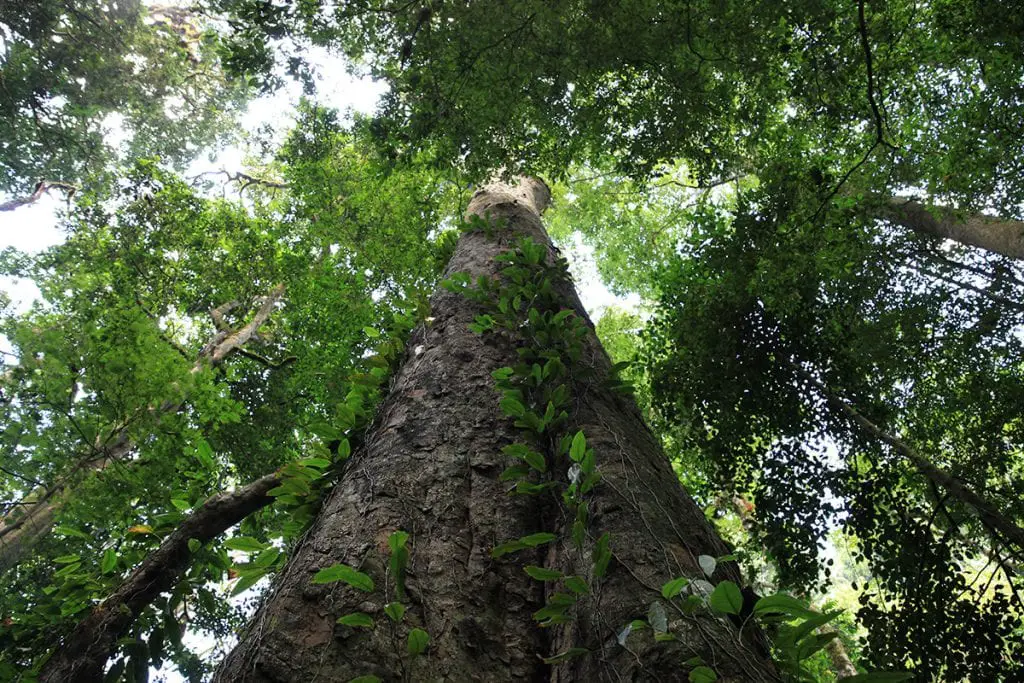
Image – Andreas Hemp
The vegetal nature of Africa is not as explored as that of other continents, such as Australia or America. Many of the African plants live in places where resources are limited: it does not rain regularly in more than half of the surface of the territory, so that the earth hardly has all the necessary nutrients for a forest to form. But not impossible.
Andreas Hemp, from the University of Bayreuth, Germany, was exploring the vegetation of Mount Kilimanjaro when he first saw a group of very tall trees of the species Entandrophragma high 20 years ago. But he hasn’t been able to measure them, until now.

Image – NJ Cordeiro
Hemp and his team measured 32 specimens using laser instruments between 2012 and 2016. Thus, They were able to discover that 10 of the tallest individuals ranged from 59,2 to 81,5 meters in height and 0,98 to 2,55 meters in diameter.. Hemp estimates, from growth rates, that they are between 500 and 600 years old. Much more than most living things!
The species Entandrophragma high has everything you need on Mount Kilimanjaro: volcanic soil that allows its roots to be always aerated and oxygenated, thus being able to absorb water in a very efficient way, nutrients in the soil without which it could not grow, regular rains thanks to which the nutrients dissolve and the tree can take advantage of them , and a mild and warm climate that helps fuel their growth.

Image – camperdale
So, every time we think of the tallest trees in the world, the sequoia surely comes to mind (Giant sequoiadendron) that lives in North America and that reaches 116 meters in height, or the blue eucalyptus (Eucalyptus gum) from Australia that reaches 100 meters, but now we can also think about the colossus of Africa: The Entandrophragma high.
The study by Hemp and his team has been published in the journal Biodiversity and Conservation.

